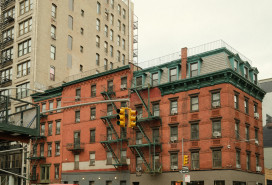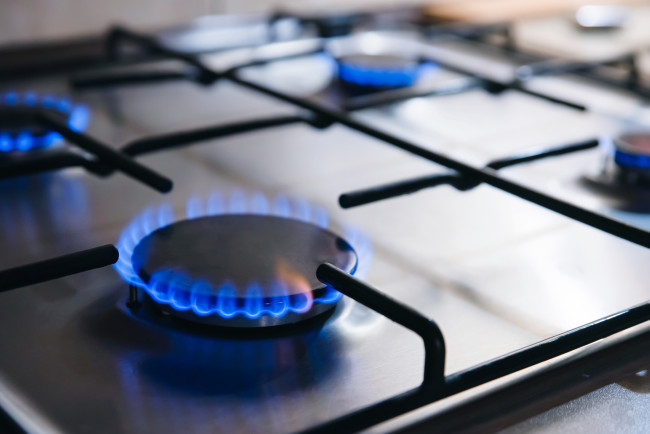I swapped the gas stove in my Mitchell-Lama co-op for an electric one, but what did I gain?
- Electric stoves are safer than gas stoves, which emit nitrogen dioxide and other harmful pollutants
- Your building will eventually have to take steps to electrify in compliance with Local Law 97

Electric stoves are safer for your respiratory health compared to gas appliances.
iStock
I live in a Mitchell-Lama co-op building and we recently replaced our gas stove with an electric appliance, resulting in an increase in our electric bill. I don’t regret getting rid of the stove, but is it worth it in the long run? I don’t know when our building will have to comply with Local Law 97.
Exchanging your gas stove for an electric model will cut down on your building’s greenhouse gas emissions—by a hair. More significantly, this swap will help you and your household breathe easier.
Gas stoves release harmful particles, carbon monoxide, and nitrogen dioxide—the same kind of gas that comes out of a car exhaust pipe. Breathing these toxins can worsen respiratory diseases and even contribute to the development of asthma, according to the Environmental Protection Agency.
These appliances can even emit gasses when they’re turned off. The resulting indoor air pollution can be particularly dangerous for children and other at-risk groups, said John Mandyck, the CEO of the Urban Green Council, a nonprofit environmental organization.
“When you layer on the health benefits of electric versus natural gas, I think it's a compelling argument” for making the switch, Mandyck said.
It was certainly a winning argument for New York State, which banned gas stoves in new buildings last year, given their negative environmental and health impacts.
On the planet’s health
For an individual building, emissions from gas stoves are relatively minor when compared to other sources of emissions from a property’s heating, cooling, and domestic hot water systems, Mandyck said.
“Cooking is not as significant as direct heating,” Mandyck said. “But that doesn’t mean that we should ignore it.”
Making the switch from gas to electric stoves will help your building reduce its emissions in the long run as state uses more renewable energy to power the electric grid, said Simon Mugo, a program manager for the NYC Accelerator, which offers guidance to buildings looking to comply with the state’s emissions caps under Local Law 97.
“It’s an energy source that is only getting cleaner over time, as opposed to gas, which is essentially stagnant in terms of emissions,” Mugo said.
Check your Local Law 97 requirements
If your building needs help complying with Local Law 97’s carbon emissions caps, consider reaching out to the NYC Accelerator for help, Mugo said. There are several upgrades your building can undertake, such as replacing your gas or oil heating with an electric system.
Generally, Mitchell-Lama buildings will need to abide by emissions limits the law sets out in 2035, and submit a report showing that their emissions are below that 2035 cap by May 1st, 2036, according to the city. But the upgrades necessary to cut down on a building’s carbon emissions can take years, so it’s best to start early, Mugo added.
“A lot of these projects take a lot of time to both come up with the financing as well as the scope,” Mugo said.
If your building has any units that participate in a federal project-based housing program, or a certain number of rent-regulated units, it would be required to meet 2024 emissions caps and your board will need to file a decarbonization plan by May 1st 2025. (FYI: if your building is on the Department of Buildings’s Local Law 97 covered buildings list, it needs to comply with the 2024 caps.)






























